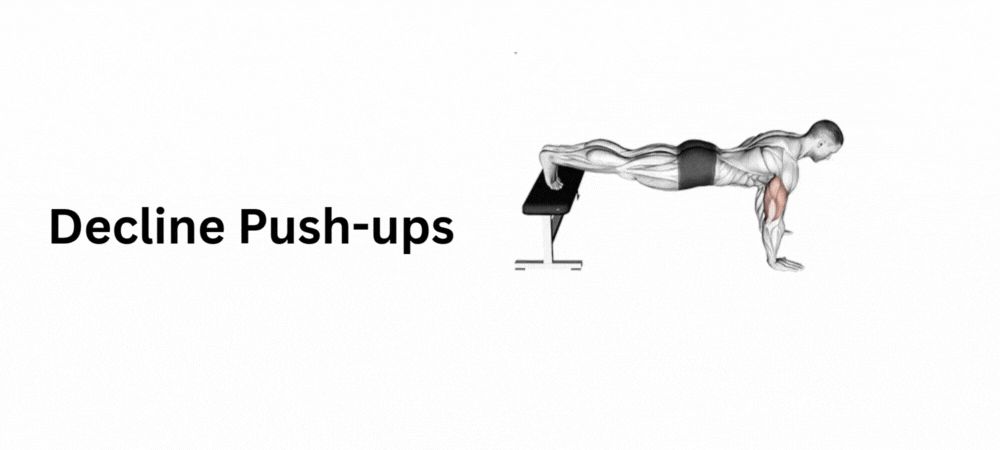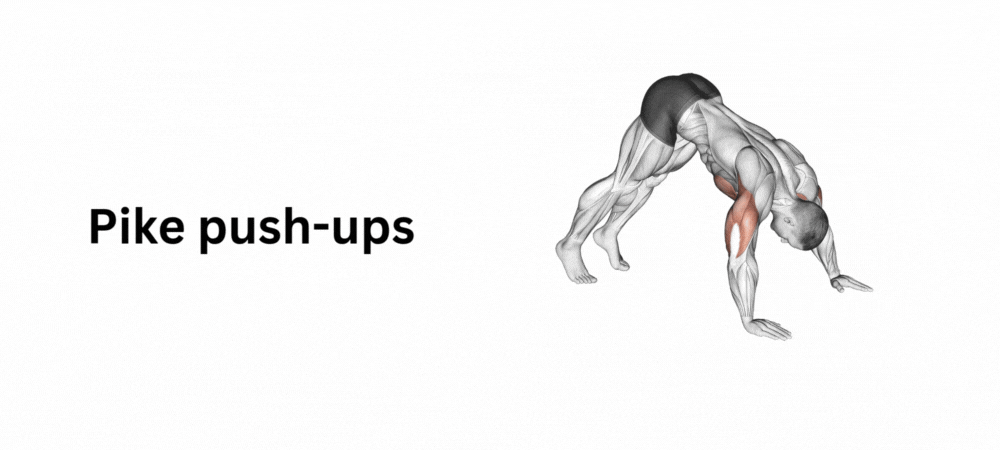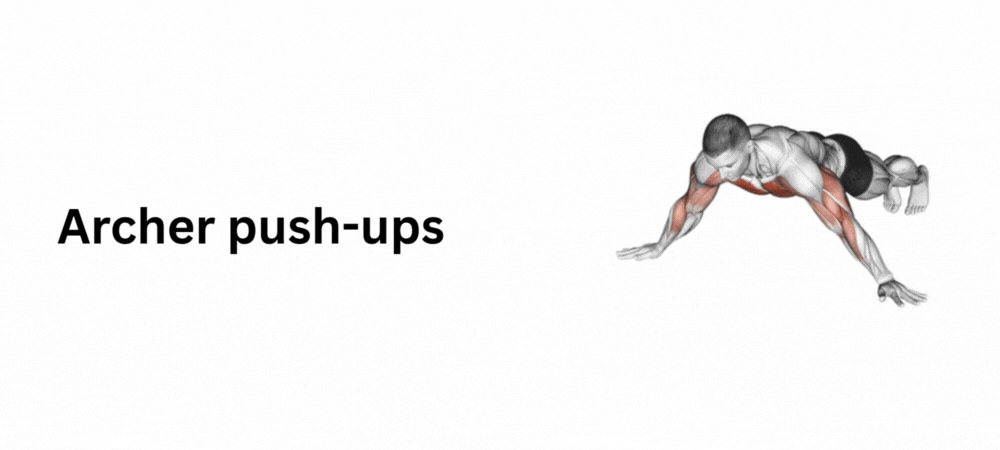Table of Contents
Weighted Lateral Neck Flexion is a beneficial exercise for targeting the lateral muscles of the neck. This exercise involves using added resistance to perform controlled lateral flexion movements of the neck. In this comprehensive guide, we’ll explore the correct technique, benefits, variations, and other essential details associated with Weighted Lateral Neck Flexion.
Instructions
Setup:
- Position Yourself: Sit or stand with your back straight and shoulders relaxed. Hold a weight plate in one hand, allowing it to hang freely by your side.
- Select the Weight: Choose an appropriate weight that challenges the lateral muscles of your neck without compromising form.
Execution:
- Starting Position: Begin with the weight plate hanging by your side, ensuring that your posture is upright and your neck is in a neutral position.
- Lateral Neck Flexion: Keeping your neck in a neutral position, slowly tilt your head to the side opposite to the hand holding the weight plate. Aim to bring your ear towards your shoulder while maintaining control over the movement.
- Peak Contraction: Once you reach the end of the range of motion, pause briefly to feel the contraction in the lateral muscles of your neck.
- Return to Starting Position: Slowly return your head to the neutral position, resisting the pull of the weight. Maintain control over the movement to prevent any sudden or jerky motions.
- Repeat on the Other Side: Perform the same movement on the opposite side by switching the weight plate to the other hand.
- Complete the Set: Continue alternating between both sides for the desired number of repetitions or time duration.
Benefits
- Targeted Muscle Engagement: Weighted Lateral Neck Flexion effectively targets the lateral muscles of the neck, including the sternocleidomastoid, scalene muscles, and upper trapezius.
- Increased Strength and Hypertrophy: By providing resistance against lateral neck flexion, this exercise helps strengthen and hypertrophy the lateral neck muscles, leading to improved muscle tone and definition.
- Improved Neck Stability: Strengthening the lateral muscles of the neck can enhance neck stability and support, reducing the risk of neck injuries and improving overall posture.
- Enhanced Range of Motion: Weighted Lateral Neck Flexion helps improve flexibility and mobility in the neck, allowing for better movement patterns in daily activities and exercise routines.
Muscles worked in Weighted Lateral Neck Flexion
Weighted Lateral Neck Flexion primarily targets the lateral muscles of the neck, including:
- Sternocleidomastoid (SCM): Located on each side of the neck, the SCM muscle aids in lateral flexion of the neck, bringing the ear towards the shoulder.
- Scalene Muscles: These muscles, including the anterior, middle, and posterior scalenes, assist in lateral flexion and rotation of the neck.
- Upper Trapezius: The upper portion of the trapezius muscle aids in lateral flexion and rotation of the neck.
By performing Weighted Lateral Neck Flexion, you effectively engage and strengthen these lateral neck muscles, which contributes to improved neck stability, mobility, and overall functional strength. It’s crucial to maintain proper form, control, and gradual resistance progression to maximize effectiveness while minimizing the risk of injury. If you experience discomfort or pain during the exercise, cease immediately and seek guidance from a fitness professional or healthcare provider.
Alternate names for Weighted Lateral Neck Flexion:
- Lateral Neck Flexion with Weight
- Weighted Neck Side Bend
- Side Neck Flexion Exercise
- Neck Lateral Flexion with Resistance
Variations
- Seated Variation: Perform the exercise while seated to isolate the movement and reduce the involvement of other muscle groups.
- Neck Harness Variation: Utilize a neck harness attached to a cable machine for added resistance and variation in the exercise.
Conclusion
Incorporating Weighted Lateral Neck Flexion into your workout routine can effectively strengthen and develop the lateral muscles of the neck. By following the proper technique and gradually increasing resistance, you can experience improved neck stability, mobility, and overall functional strength. Remember to start with lighter weights and progress gradually to avoid injury. If you experience any discomfort during the exercise, stop immediately and consult with a fitness professional or healthcare provider.
Also, check the Weighted Lying Neck Flexion








